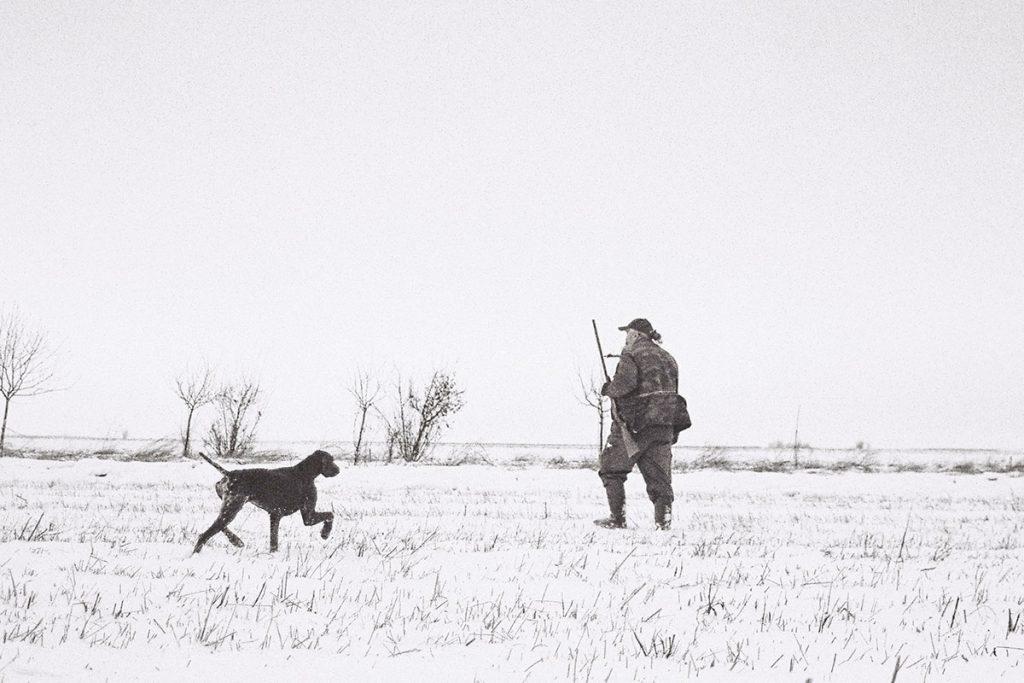Cynology as a scientific discipline has not been researched enough, especially in Serbia. Due to the lack of knowledge there are plenty of myths about dogs, which in a lot of ways disturb the relationship between dogs and people. In order to raise this relationship to the best level possible, KOL-KI offers a wide spectrum of service activity in field of Cynology.

Mutual life of a man and a dog dates from the middle stone age (12000 – 6000 BC). A man in his evolutionary development gains abilities and knowledge which are enabling him to domesticate wild animals. This is taking time in new Stone Age (6000 – 2000 BC) and that is when a man has domesticated all the species known to us today as domesticated. Therefore, the mutual life of a man and a dog has already started from the moment of the first domestication of wild animals in new Stone Age. This shows us that a dog is not domesticated, because up until 6000 years BC the man did not have the knowledge and skills required for domestication. That is when the symbiosis was created, based on similarities between a man and a dog, which have caused them to come close to one another, unlike all the other symbiosis, which are based on differences between two species. Mutual life of a man and a dog is based on mutual willingness and exists up until today.
Evolution is a slow process of adaptation of living beings to the conditions of the external environment. In all living things, this slow process is ongoing. Only the human brain has acquired the ability to evolve rapidly. With the development of the rapid evolution of the human brain, a man became a conscious, rational and human being. These qualities develop awareness of the environment and oneself, the power of speech, which also develops language skills. All other animals, like the dog, did not go through this evolutionary process and could not build speech and language abilities, so they remained at the level of instinct and reflex. Given this evolutionary path, the dog has no reason and no ability to understand speech. The dog communicates exclusively through vocal abilities and body movements. The example of voice capabilities versus speech capabilities is very different. In dogs it is AV, in cows it is MU, in sheep BE, in goats ME. All other voice possibilities are reduced to two letters, unlike a human whose language has an average of about 30 voice possibilities, ie. letters. By combining letters, we get words that give a certain concept in communication. By combining words, ie. concepts, we develop linguistic possibilities, and through them speech, reason and consciousness. Animals, in the absence of letters, do not have the ability to compose words, so in communication they use only their vocal abilities, which they enrich with repetition, duration, tonality, pitch and the length of the pause between notifications. Deficiency in voice communication, animals, and even dogs, 90% of communication is achieved through body movements. The dog did not develop the ability to understand human speech and language abilities. He reacts to a person’s word-command only to an accented vowel and binds it to human behavior, thus reacting to a command.
Intelligence is the result of brain development which include speech and language, reason, and consciousness of one’s own creation and existence which only human are capable of achieving.. Better quality dogs, which perform their tasks faster than the other dogs do not do it with the help of intelligence because they don’t have one, but rather by having better developed senses which successfully react to the stimulation of the external environment and enable a better adjustment and quality life.
Mob/Whats App/Viber: 00381 63 8041 051 (Serbia)
Mob/Whats App/Viber: 0049 1520 7576 235 (Germany)
Kralja Petra I 84, 23300 Kikinda, Srbija
© Kinologija Latinovic 2012 All rights reserved.

